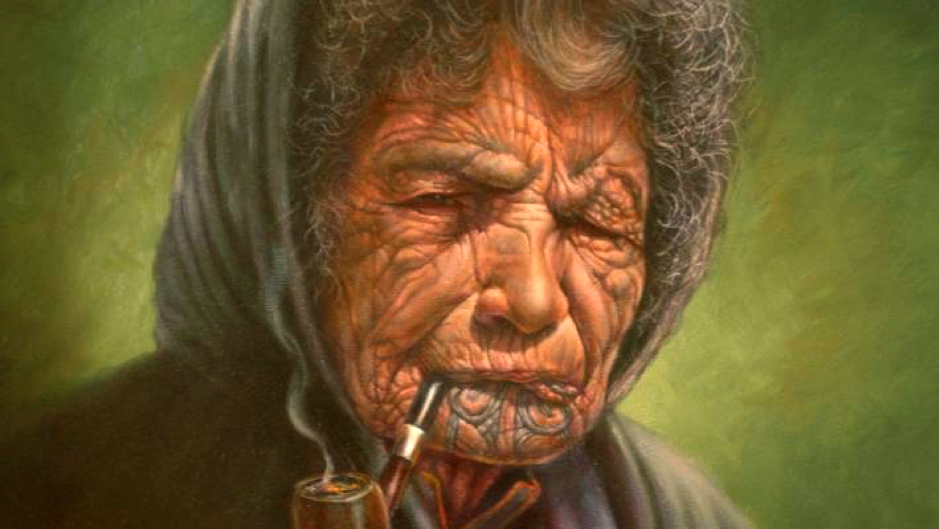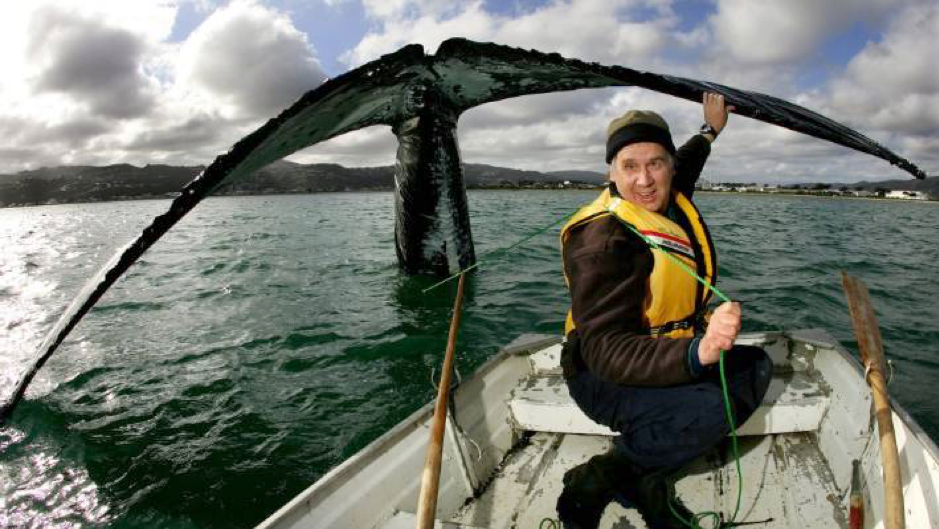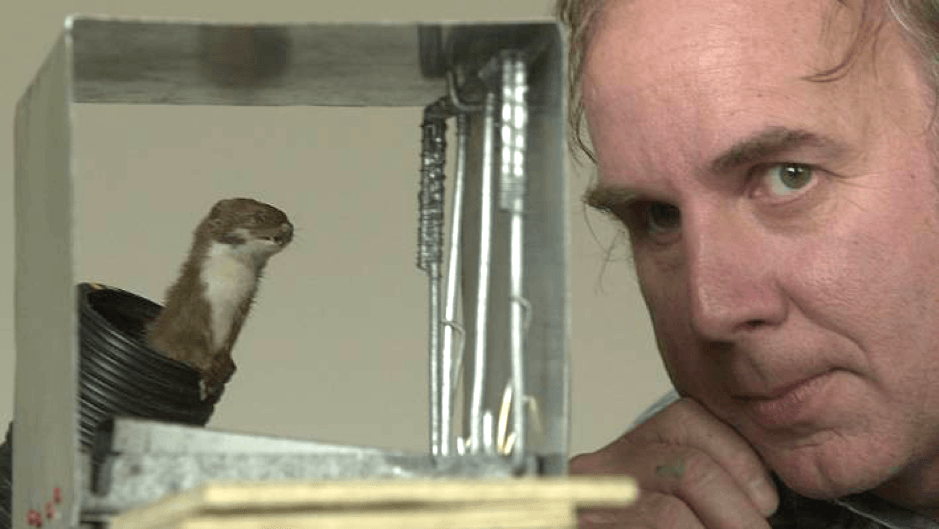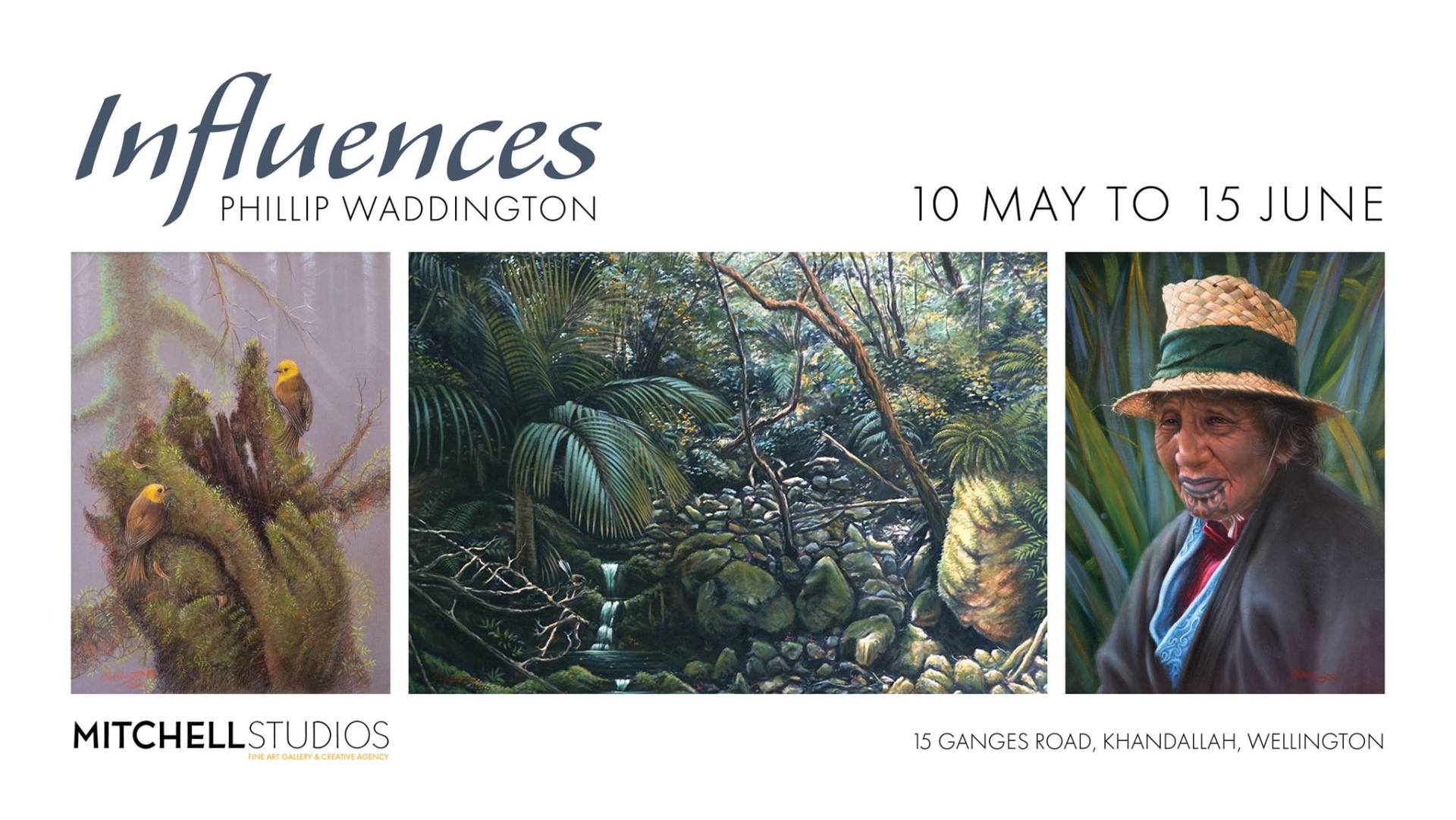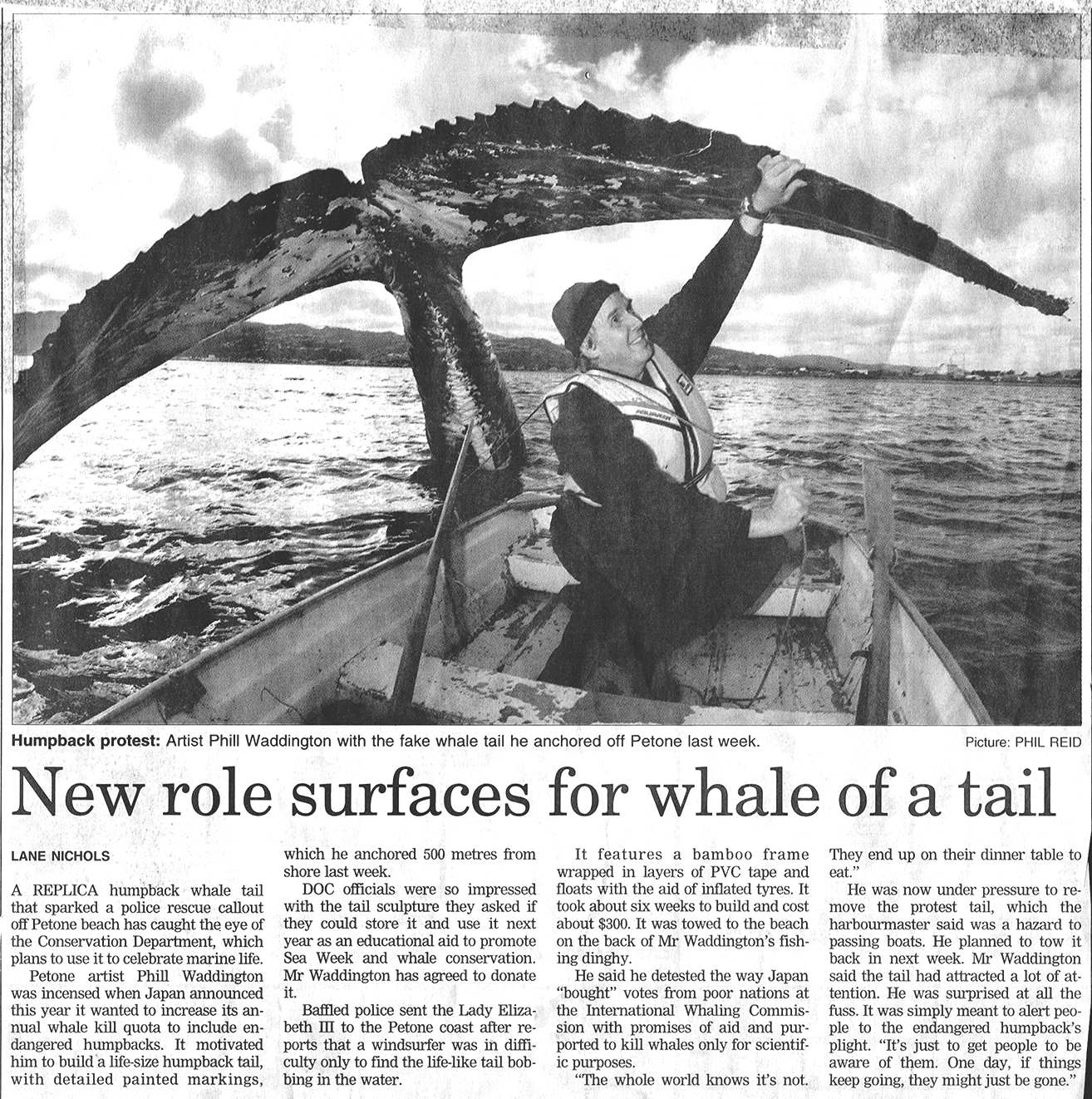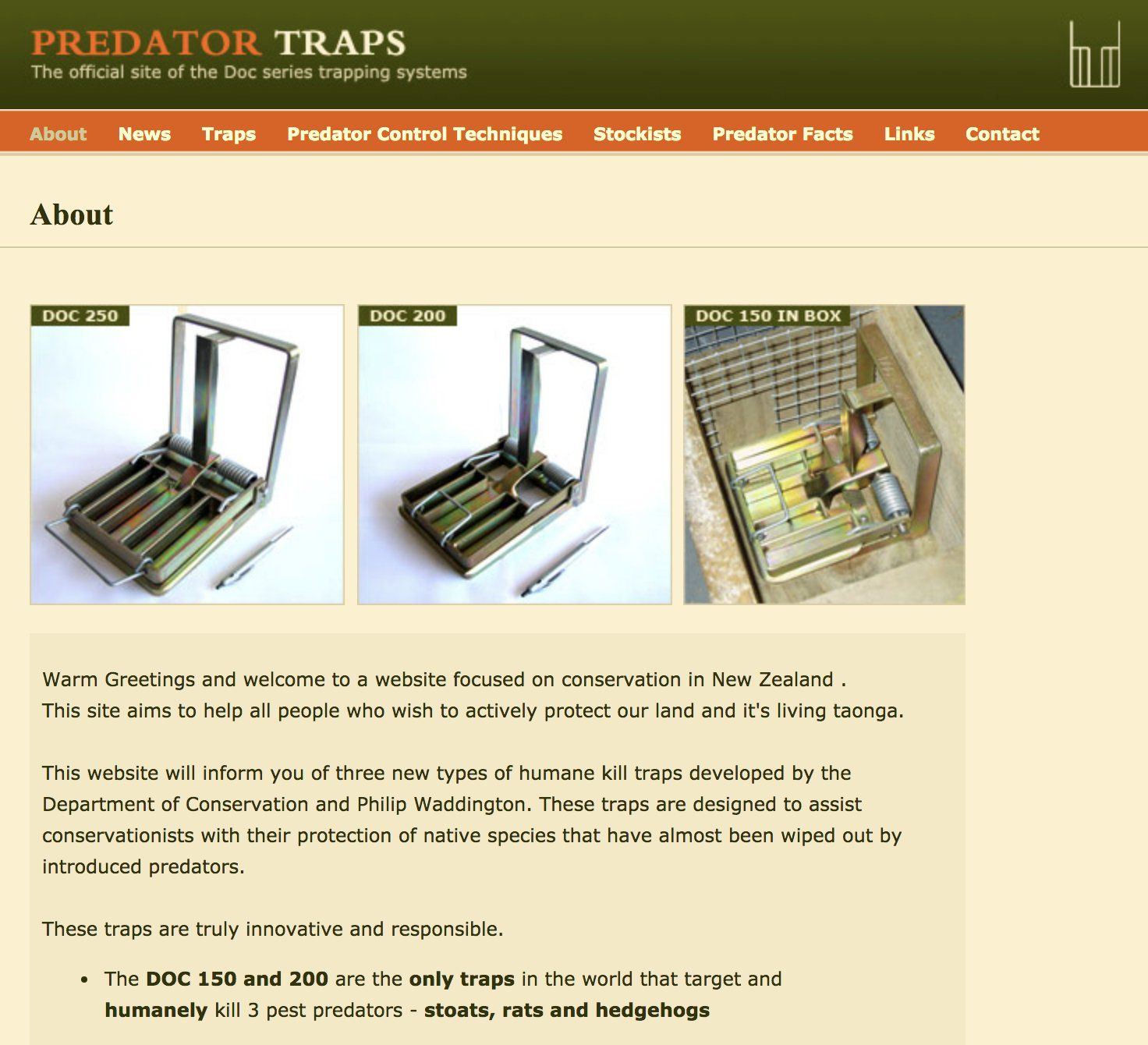Media, Events and Links
Phill Waddington: Making art from catching stoats and rats
Nicholas Boyack, May 14 2019
NICHOLAS BOYACK/STUFF
After years working in pest control, Phill Waddington has returned to his first love, painting. He is holding his first exhibition since 1987.
After years of pioneering work catching rats and possums, Phill Waddington has turned his attention to painting. Waddington is well known as an environmentalist but he has always been first and foremost an artist . In the 1990s, he sold most of his artwork to buy 23 hectares of pre-European forest in Stokes Valley. Faced with the task of managing the pristine forest and controlling pests, he set out to design a humane trapping system. His DoC 200 traps are now used nationwide and have saved countless birds, including kiwi, from pests.
NICHOLAS BOYACK/STUFF
One work Phill Waddington is particularly proud of is a portrait of Nga Kahikatea Wirihana, who was believed to have been 127 when she died.
"There are hundreds of thousands of traps out there. I don't know how many pests (have been killed) it would be millions and millions."
He gifted the property rights of his traps to the Department of Conservation, as his commitment to saving our flora and fauna. Despite all the time put into developing traps, Waddington never lost interest in art.
NICHOLAS BOYACK/STUFF
Phill's painting of Nga Kahikatea Wirihana.
Travelling around the country with DoC, trialling trapping systems with community groups and farmers, he gathered material on the endangered species he was protecting for his future wildlife paintings. Some of those paintings, as well as original drawings of traps, feature in his latest exhibition, Influences.
His interest in the environment goes back to his 20s, when he spent time in the Ureweras living with Tūhoe.
NICHOLAS BOYACK/STUFF
Well known in conservation circles for his work designing traps that have played a role in saving the kiwi, Phill Waddington is also a talented artist
A kuia, Te Onewhero, had a picture on her mantelpiece of herself and her husband wearing kiwi cloaks, which were later presented to royalty. Her message that his "grandchildren would never see kiwi" left a lasting impression on him and motivated him to design traps. His traps have been credited with playing an important role in the continued survival of kiwi, a fact he takes great pleasure from.
Many of his paintings in the 1970s were of Māori and one of his most striking works is of Nga Kahikatea Wirihana. She was believed to have been 127 when she died in 1974 and her portrait is now for sale for the first time.
PHIL REID
Well known in conservation circles for his work designing traps that have played a role in saving the kiwi, Phill Waddington is also a talented artist
Although highly regarded in conservation circles, Waddington said he was an artist well before he began experimenting with making traps.
"People in the art world know me as an artist and conservationists know me as a trapper. It is almost two different worlds I live in."
Waddington sold his Stokes Valley bush a few years back but it has remained in good hands. Hutt City Council bought it and it is still trapped for pests.
Article reproduced courtesy of Stuff Ltd © 2019
Links to other Stuff articles about Phillip Waddington:
Phillip's Influences
exhibition is on at
Mitchell Studios, Khandallah until June 15, 2019
Mitchell Studios, Khandallah until June 15, 2019
Visit the Mitchell Studios website: www.mitchellstudios.co.nz
Some historical press clippings
Newspaper article published October 30, 1987 – The Evening Post, Wellington
Phillip creates a stir in the Wellington Harbour in the name of conservation
Link to DOC Series Predator Traps
Visit the Predator Traps website: predatortraps.com



